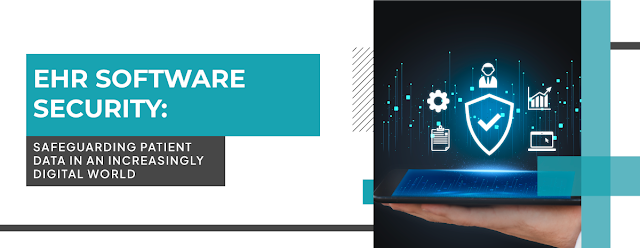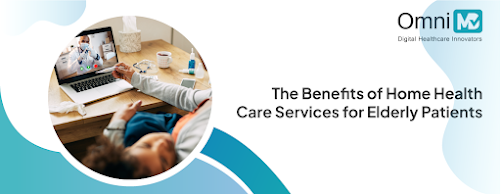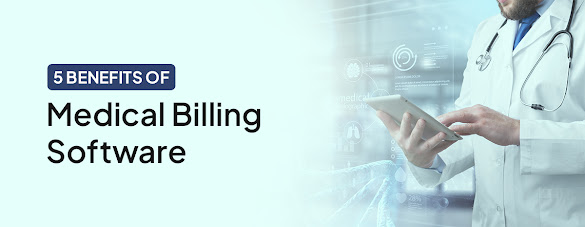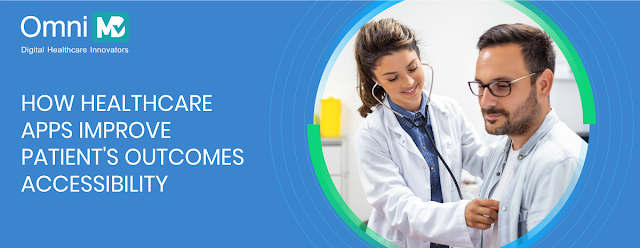EHR Software Security: Safeguarding Patient Data in an Increasingly Digital World
In today’s times, the safety and
security of electronic health records is paramount in an increasingly digital
world. The number of records being lost or stolen is increasing each year, so
safeguarding such data today has become increasingly necessary. Hence, protecting
Electronic Health Records Software has become increasingly
important in healthcare facilities today.
If attackers get hold of an electronic health record, the chances of it being sold on the black market and the potential risk of identity theft increase manifold. With these risks in mind, let us look at some of the tactics that healthcare facilities can utilize to secure the safety of these records.
- Conduct IT risk assessments regularly.
Since it is essential to keep up with the advancements that attackers constantly make, you must also ensure that your evolving IT environment has the same security levels. It means you need to have regular IT risk assessments, too. So, you need to know what risks you are facing along with the threats facing your EHR and other critical systems. You then need to ensure that you take action to mitigate potential threats. Such an exercise needs to be performed multiple times a year. Thus, IT risk assessments need to be done as frequently as possible.
2. Patch and update the software frequently.
Many cyber-security attacks take advantage of vulnerable and out-of-date medical devices. Often, this happens by exploiting unpatched IT equipment and software environments. Several hospitals and pharma companies still run standard operating systems like Windows and Linux. This fact is known to attackers, making hospital systems susceptible to cyber-attacks. One must be almost fanatically obsessed with maintaining a fully patched and up-to-date software environment.
3. Be Aware of the Risks Associated with BYOD.
People in charge of IT security in healthcare organizations must know the risks involved with Bring Your Own Device (BYOD). They need to implement appropriate security measures and the right technology and processes. This will help maintain suitable access to healthcare information on personal devices in a protected manner. The best way forward is to implement Mobile Device Management solutions that encrypt data accessed on mobile devices. Also, such solutions can ensure data deletion in the event of the loss or theft of a particular device. These initiatives are necessary for those operating in a BYOD environment and serious about EHR Software security.
4. Monitor And Perform Regular Audits
Insider threats that can be accidental or malicious are severe threats to any healthcare organization. This threat often goes unaddressed since employees with the highest privilege to the most sensitive information often cause the biggest and the costliest data breaches. This can only be adequately regulated by regular monitoring and performing systematic audits. You need to devise ways to continuously monitor the activities of your staff and report suspicious behavior as quickly as possible. It may be possible to monitor logs, but third-party auditing solutions are a big help in increasing IT security. Possible steps include proactive auditing, monitoring, and real-time alerts.
5. Implement Passwords and Data Encryption
Encrypt your data so that it cannot be deciphered ordinarily except by authorized programs or users. In this way, EHR Service Software can transfer patient data, such as test results and diagnoses, more safely. Even if data is stolen, encryption can minimize damage. Additionally, you can devise security protocols so that only certified staff members can receive the decoded information.
6. Clear Unnecessary Data
Unnecessary data collected
and stored must be inspected and disposed of appropriately. Stale data can
present a huge opportunity for hackers, so it’s wise to consistently classify
and separate sensitive data from the data that can be removed. It’s also
advisable to keep your databases and systems always clean so that the risk of
data breaches can be drastically reduced.
Conclusion
The value of healthcare data
remains very high. Hence, it is no surprise that healthcare organizations are
prime targets for cyber thieves. These cybercriminals exploit weaknesses in
healthcare structures, such as loopholes in server security, ill-trained
employees, or in a variety of other ways. This makes it imperative to protect
EHR data and prevent it from falling into the wrong hands. OmniMD offers an
innovative, simple, efficient, connected, and secure EHR. Contact us to know
more!




Comments
Post a Comment